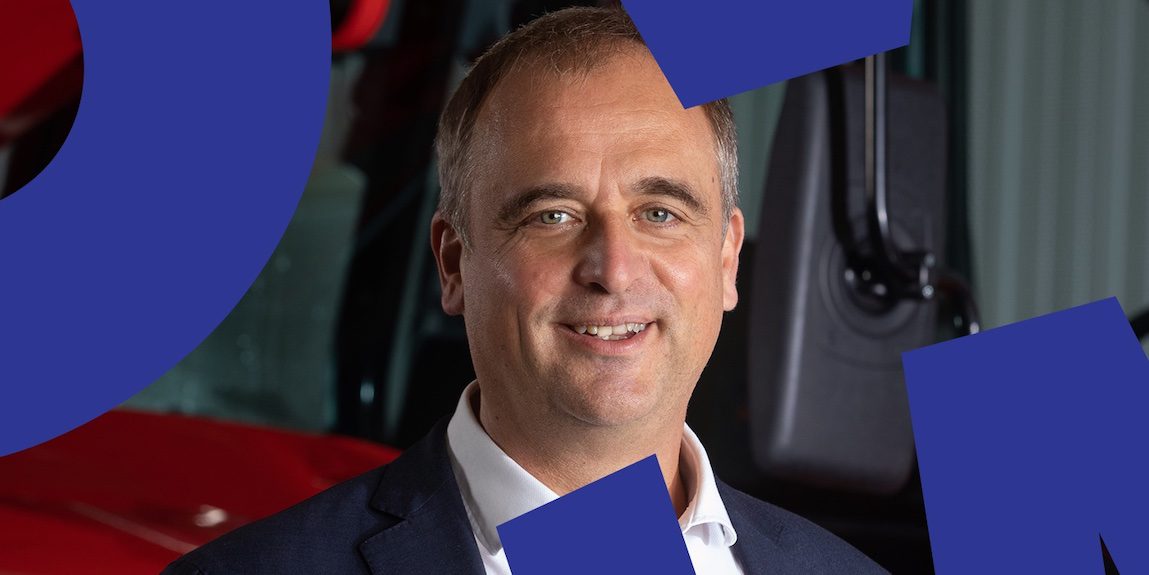Rental, Success Stories

By Bane Machinery
Rental Company


We’ve all got a bit of the cynic in us. It’s second nature. So when Manitou recently unveiled a low carbon trajectory to 2030 initiative, some skeptics might well have raised a well-honed eyebrow in the immediate aftermath.
But the French OEM is no Johnny-come-lately trying to jump on a sustainability bandwagon and earn a few cheap PR points. The Loire-Atlantique-headquartered manufacturer of telescopic handlers among other things first put in place a carbon-footprint strategy in 2011 and has held a long-standing interest in environmental concerns for much longer.
“The original strategy was very much reflective of its time and we were definitely looking at ways of reducing our emissions back then within CSR parameters,” says Manitou’s Maxime Deroch. “What we didn’t have was the level of technological sophistication to really measure our emissions with a great degree of accuracy. It’s different now.”
Indeed, Deroch, who heads up the services & solutions division, is himself skeptical of the way greenwashing has become commonplace in the modern world as companies attempt to garner accolades for programs that look good but fail to really alter their carbon footprint, and points to the very ambitious and very specific 2030 targets in its new initiative as evidence Manitou’s approach is different.
Manitou intends to reduce direct and indirect carbon emissions by 46% and reduce by 34% CO2 emissions of machines for every hour of use by 2030. The targets are drawn from the work of think tank Science Based Targets, an academic organization backed by the likes of the United Nations, the Carbon Disclosure Project and the World Wide Fund for Nature, to create a platform for systematic, standardized CO2 emissions reduction.
Both those goals fall within the parameters of scope 1 & 2 targets and, says Deroch, effectively cover company-wide emissions such as the amount of travel between job sites, supply chain costs, freight, employee costs alongside energy and utilities.
“These account for less than 10% of overall emissions,” says Deroch. “When we started to dig into the figures, we were really surprised because even things like freight only accounted for 0.7% of our emissions and it soon became apparent that scope 3 — effectively the ecosystem — is where we have the bigger challenge.”
Scope 3 emissions encompass all those not produced by any given company or by activities from assets they own and control, but by those it might be considered to bear indirect responsibility for further down the value chain. They are by definition tougher to quantify and, as they get further away from the source, harder to control. But that’s not to say we shouldn’t be trying to address this, says Deroch.
“We know that if we can strengthen the trend from diesel towards electrification, then this will automatically start to filter through to the ecosystem and lead to a better outcome,” says Deroch. “Something like 90% of machines are still diesel-powered but we are making more and more of our telescopic handlers and access platforms battery-powered and if we can begin to address this through our own initiatives and maybe as part of a wider industry push, then you’ll begin to see impact.”
But electrification is not necessarily the long-term solution, says Deroch. He’s already got one foot in the hydrogen power camp and firmly believes it could be a game changer enabling construction to significantly alter its emissions trajectory.
“We know that if we can strengthen the trend from diesel towards electrification, then this will automatically start to filter through to the ecosystem and lead to a better outcome”
“We have prototype hydrogen-powered machines in the works already and they can be ready for launch in a few years,” says Deroch. “The current initiative looks to 2030 but we are already looking beyond that and the future of construction.
“At some point, we will no longer have engines and everything will be electrified,” he says, warming to his theme. “But electrification is not the ultimate solution. It is, perhaps with the exception of some smaller models, part of the transition to hydrogen.
“Hydrogen is not developed yet but it will come,” he adds. “This is just the start.”
But in the here and now Deroch is most exercised as to how Manitou and its customers can get emissions down today by taking advantage of the connectivity revolution in construction on the back of data-rich telematics insights that are driving the industry forward.
“We have so many ways to differentiate the insights using the data, adding value, and understanding the data from the machines,” says Deroch. “We can use telematics to anticipate the requirements for repair and maintenance based on how many hours machines are working.
“What we want to be working towards are machines with a life cycle of 25 years or more,” he adds. “By making sure our customers all fully understand how to leverage data and optimize parts flows where and when they are required, and how to manage their fuel usage, this will make for far more effective and efficient use of their machines.

“In construction, for something around 20-30% of the time, the machine was doing nothing,” says Manitou’s digitalization chief. “Now the machine stops and restarts thanks to the data. It’s putting an end to that idling, which itself was having a knock on effect in maintenance.”
Deroch says rental companies have become much more clued up in recent years on the kind of data-rich insights provided by telemetry and are well aware of the importance of being able to demonstrate a strong record on emissions.
“They are reaching out to us and we are reciprocating,” he says. “We’re providing training so that they’re fully versed in how to get the best out of their connectivity.”
It’s why Deroch is more than optimistic Manitou can hit its 2030 targets because he can sense this collectivism towards better, greener solutions coursing its way in varying degrees through the industry.
“Hydrogen is not developed yet but it will come. This is just the start.”
“We’re not having to persuade customers of the benefits here any more,” he says. “When change is required, you always come up against some residual resistance or reluctance but we’re certainly not seeing that any more internally, and within the ecosystem, you can also sense it’s dissipating. This gives me real hope.”
Where Deroch is perhaps a little less hopeful is the prospective EU Data Act slated for mid-2024, which we briefly turn to.
“At Manitou, we have very mixed feelings about this,” he says. “Rental companies could share the data and then have any service provider come and fix the machine. But to fix the machine properly, you need to have the right training, know the right parts and be able to correctly diagnose the machine.
“While I think it’s good to share data, I’m not sure it is necessary to share all the data,” he adds. “If anybody can come in and fix one of our machines without having had the necessary training, that could have implications for safety and have a negative impact on our brand.
“Dealers risk losing business here,” he says. “There’s a lot of questions that still need answering.”
The Interview is part of an ongoing series where we sit down with industry leaders and discuss the topics that matter in construction. Read Riccardo Viaggi’s reflections on the EU Data Act.

